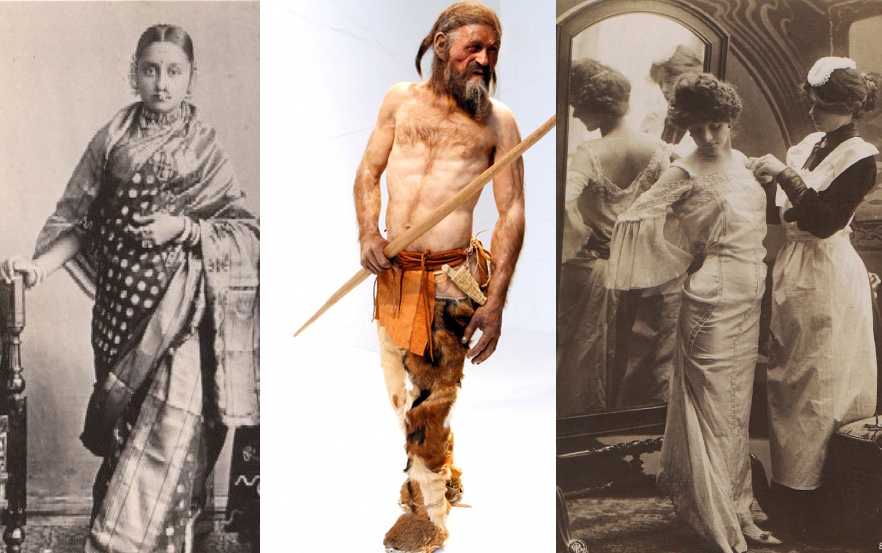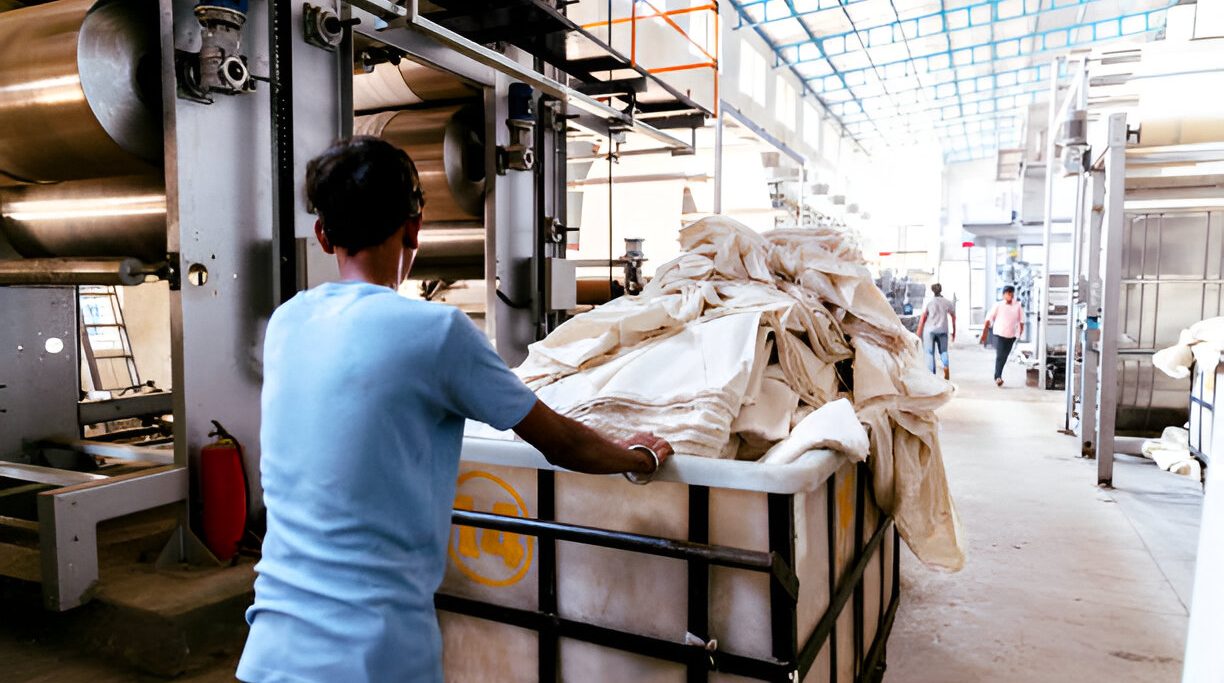Opening your closet is like opening the door to a range of colors, textures, clothes, and accessories. Clothes for winter, clothes for beachwear, clothes for weddings, clothes for parties, clothes to wear at home, clothes to exercise, etc, the list is endless. But have you ever wondered how clothes evolved from being a basic necessity to making a fashion statement?
It is believed that humans started to wear clothes about 170,000 years ago. And you will be surprised to know they figured this out by studying body lice genes. Elizabeth Wayland Barber wrote a great book, Women’s Work: The First 20,000 Years: Women, Cloth, and Society in Early Times, where she shed light on the history of clothing and women’s role in society. She also highlighted how the women started weaving and the history of string skirt. We recommend this book to anyone who loves textile history, clothing, archaeological researches, or women’s history. (Yes, we know we are not into books but in the business of making beautiful clothes, at times we do share our information about other things we are passionate about).
Today, we know about cotton, nylon, rayon, or silk as fabrics used for cloth making. Animal skins, we all know was the oldest form of clothing. It has soon evolved and, humans began experimenting with other fibers. Flax fibers are known to be the oldest known fiber. Back then, clothes were designed in a rectangular shape to save valuable material. What started as a basic need to protect and cover oneself soon began symbolizing a person’s gender and status.
Today, clothes have evolved in various shapes and patterns. The pair of pants you use also has a fascinating history and was inspired by a European mummy. Scientists called it Ötzi, popularly known as the Iceman, who wore goat leather leggings that were not connected at the waist but tied separately with the Calfskin belt. That’s probably the reason for referring to it as a pair of pants, even though it is one piece.
Tunics and T-shirts, iconic staples in today’s fashion, have been inspired by the emperor of Mesopotamia, Babylonians, and Assyrians. They were known to have worn long tunics with a belt to hold them together – probably the first inventors of today’s trendsetting tunics and t-shirts.
Unisex fashion has helped both men and women to wear and experiment freely on any clothing. However, when it comes to shirts, there is an interesting thing to be noticed. Men have shirt buttons on the right, whereas women have shirt buttons on the left. There are no practical reasons for this differentiation. However, it was believed that years ago, during the Victorian era, buttons were used for decoration purposes and were so expensive that one could pay their debts. Only upper-class women could put several buttons on their elaborate dresses. Also, they needed maids to help them get dressed. Having the buttons on the left side made it easier for the right-handed maids to close the buttons.
Closer home, our traditional sarees are supposedly the only clothing in the world that is unstitched, with its long drape ranging from 4.5 meters to 9 meters and 600 to 1,200 millimeters in breadth.
We at cotton monk are in the business of making beautiful clothes and believe there is an answer to any and every design requirement for clothes. We try to explore all avenues about clothes and, that is what got us to go in search of some of these fascinating stories about how clothes evolved. If you would like us to create some beautiful attires, do reach out to us.



